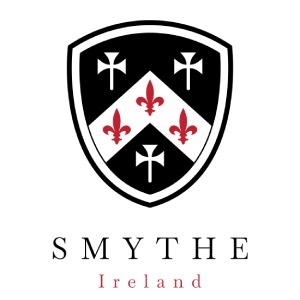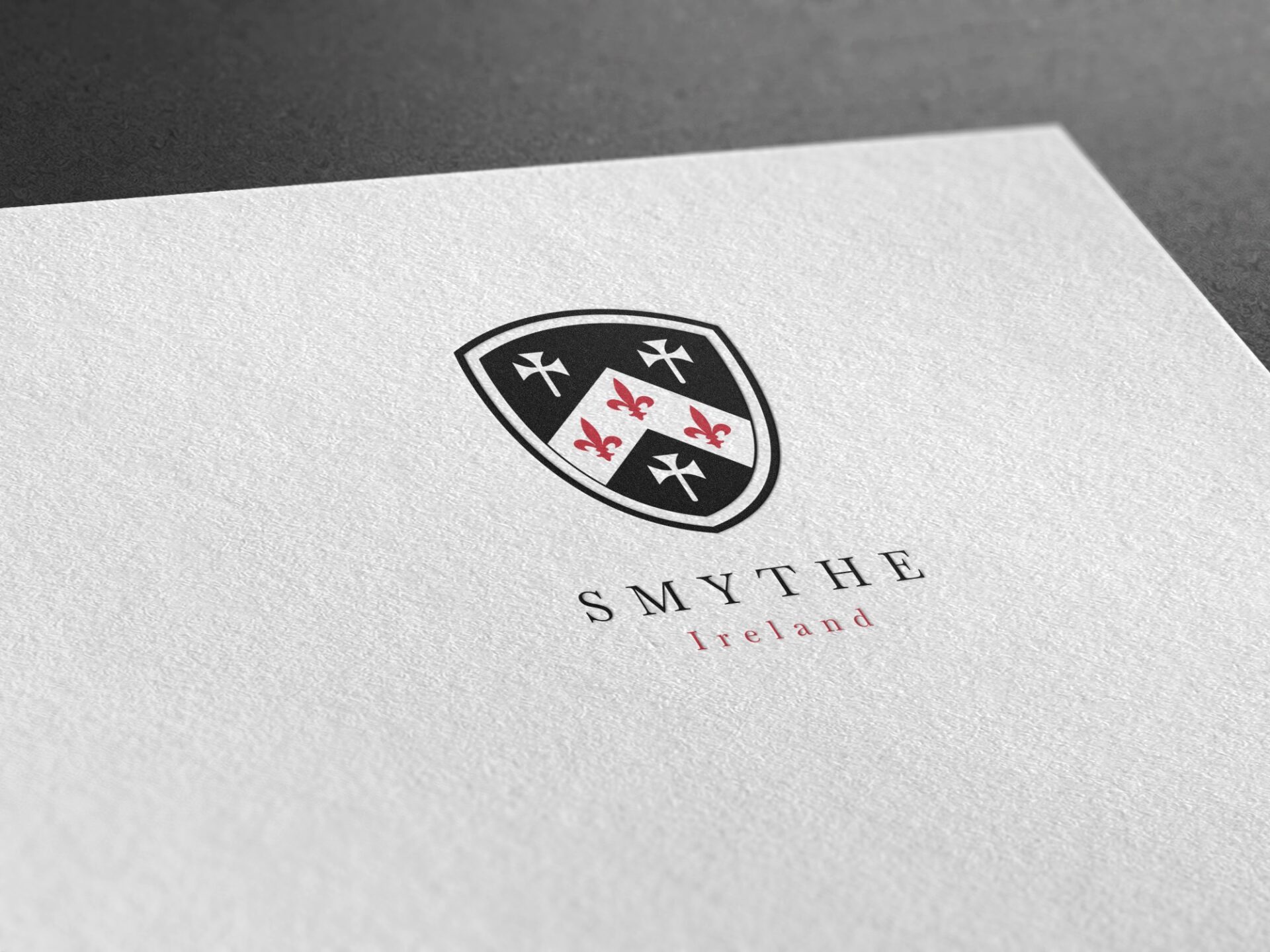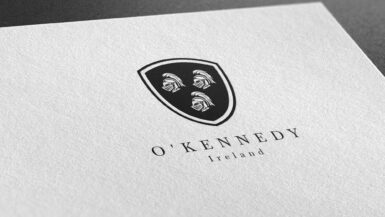The Smythe surname in Ireland, with its rich historical significance and widespread prevalence, offers a fascinating glimpse into the country’s past. The name is deeply embedded in Ireland’s socio-economic and cultural tapestry, spanning centuries of history. This article delves into the origins, evolution, and notable personalities associated with the Smythe family name in Ireland.
Origins of the Smythe Surname
The Smythe surname in Ireland is traditionally associated with the anglicization of several Gaelic names, predominantly “Mac an Ghabhainn,” which translates to “son of the smith.” The surname’s genesis is closely tied to the occupation of blacksmithing—a critical profession during medieval times. Blacksmiths were essential to every local community for their skills in creating and repairing tools, agricultural implements, weapons, and horseshoes, thus holding a pivotal role in both everyday life and warfare.
Historical Presence and Evolution
Initially found in the border areas of Counties Cavan and Leitrim, the Smythe name spread throughout Ireland due to migration, marriage, and social changes. The anglicization of the surname became more pronounced during the English administration in Ireland, reflecting the broader shift towards English linguistic and cultural norms. Over time, the Smythe name was found in various records across Ireland, showing its integration into different regions and classes within Irish society.
Family Coat of Arms

The Smythe family crest is a visually striking and symbolically rich heraldic emblem that encapsulates the essence and values of the family. The crest features a black background, known in heraldry as sable, which typically symbolizes constancy, wisdom, and sometimes grief. This choice of color suggests the family’s enduring nature and resilience, possibly pointing to a history of overcoming challenges.
Central to the crest’s design is a white chevron, an emblematic heraldic symbol representing protection and builders of fortresses or churches. In heraldic terms, the color white, known as argent, symbolizes purity, peace, and sincerity. This chevron cuts across the shield, symbolizing the roof of a house and pointing to the family’s protective nature and their role as guardians or providers.
On the crest, there are three blacksmiths’ hammers, which directly relate to the family name, Smith/Smythe. These hammers are emblematic of labor, craftsmanship, and industry, suggesting a heritage of skilled workmanship and possibly a historical connection to blacksmithing or artisanal trades. The hammers underline the family’s work ethic and their connection to making or building, integral to their identity.
Within the white chevron are three red fleur-de-lis. The fleur-de-lis is a stylized lily often associated with purity in religious contexts, but in general heraldry, it signifies perfection, light, and life. The color red, or gules, enhances these symbols with meanings of bravery, strength, and valor. The inclusion of fleur-de-lis inside the chevron may indicate a noble connection or aspirations, suggesting not only a spiritual or virtuous dimension to the family’s character but also their valor and nobility.
Collectively, the elements of the Smythe family crest—the black field, white chevron, blacksmiths’ hammers, and red fleur-de-lis—create a powerful visual narrative. This narrative highlights a legacy characterized by resilience, protection, skilled craftsmanship, and noble virtues, portraying the Smythe family as both industrious and principled. This crest serves as a proud emblem of their enduring values and historical significance.






Leave a reply